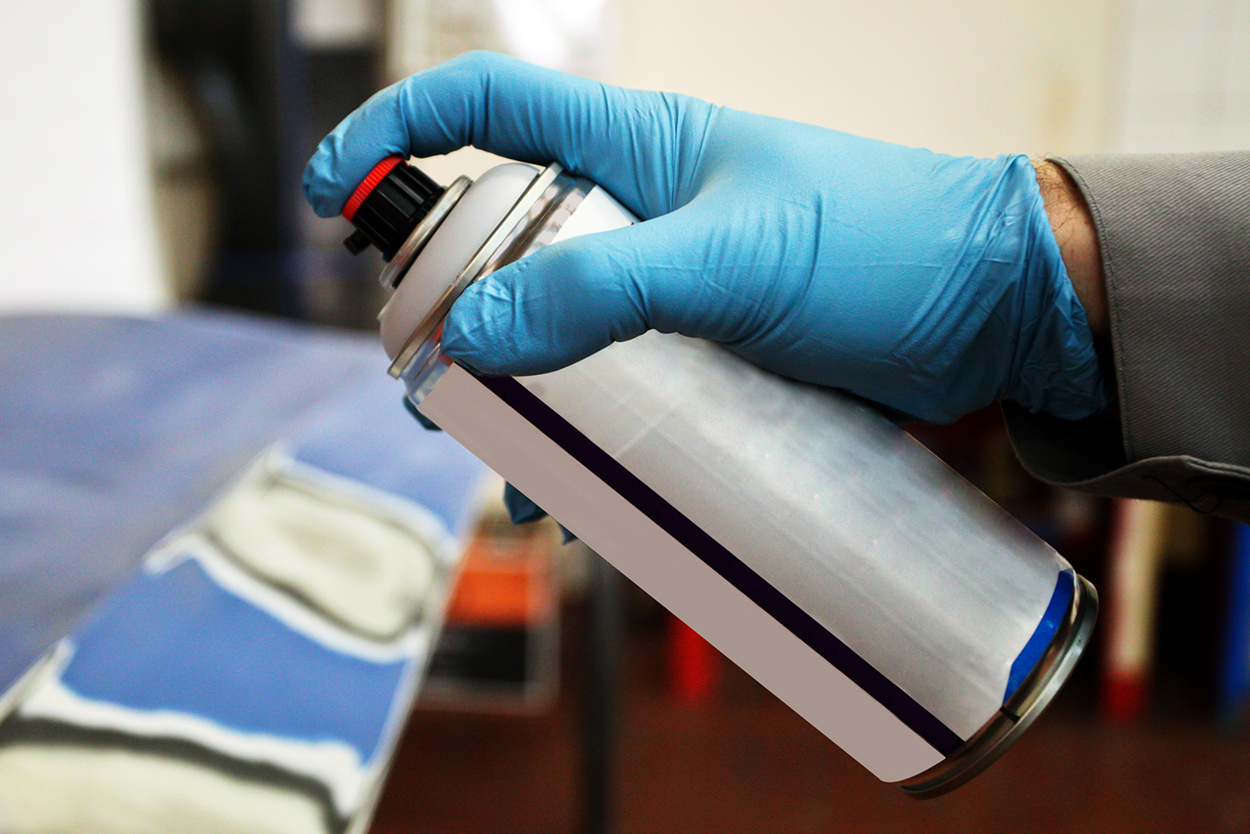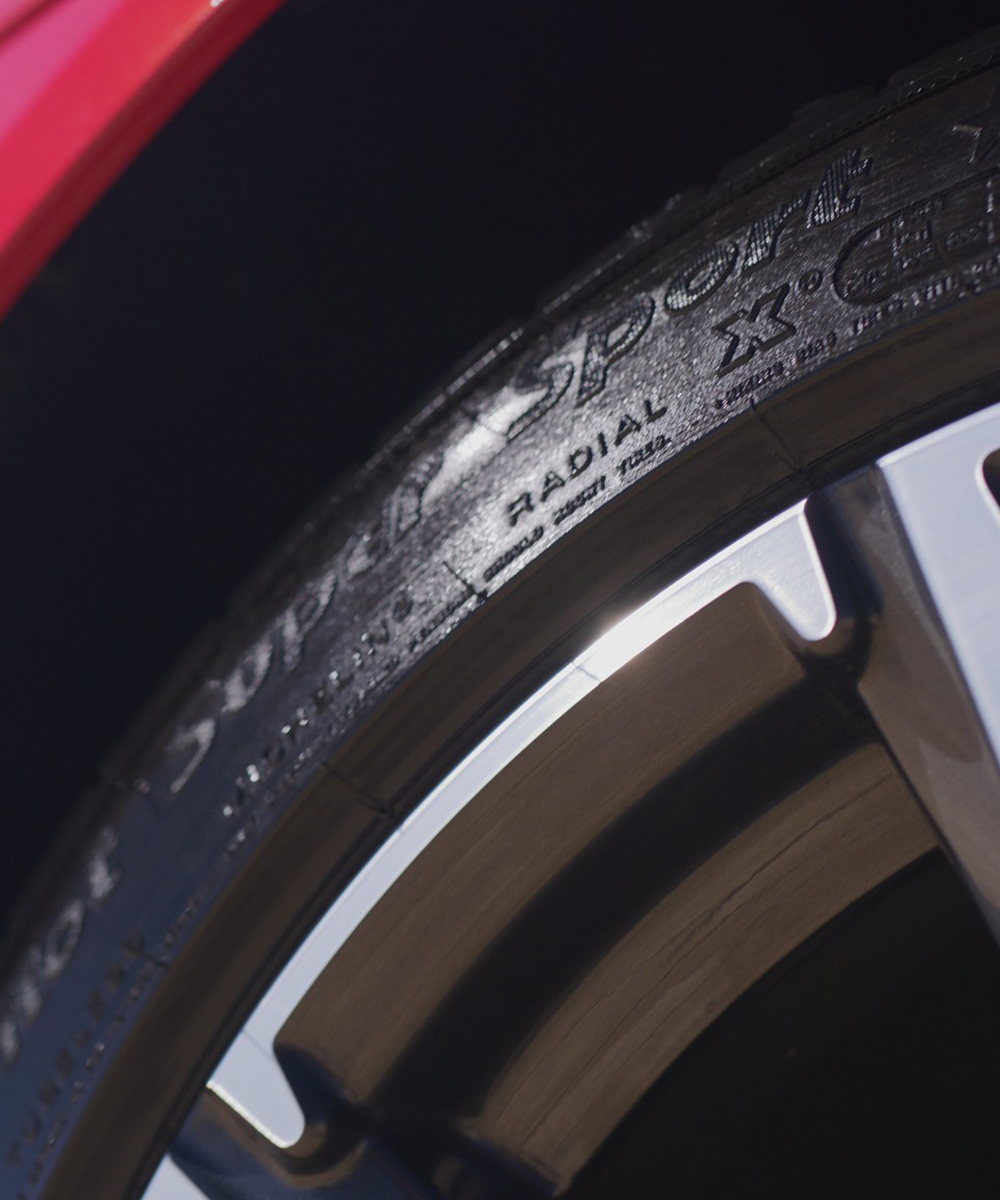


n the realm of automotive detailing, tires often go overlooked, their appearance and condition often overshadowed by the gleaming paintwork and sparkling wheels. However, tires play a crucial role in a vehicle’s performance, safety, and overall aesthetic appeal. Just as a well-maintained pair of shoes can elevate an outfit, a set of tires adorned with a glossy, protective finish can transform the look of your car. This is where tire glazing comes in.
Unveiling the Benefits of Tire Glazing
Tire glazing is a process that involves applying a specialized product to the sidewalls of your tires, creating a glossy, wet-look finish that enhances their appearance and offers several benefits:
- Enhanced Appearance: Tire glazing transforms dull, worn-out tires into a visually appealing element of your vehicle. The glossy finish adds depth and shine, making your car look more polished and well-maintained.
-
Protection from Environmental Factors: Tire glazing acts as a protective barrier against various environmental elements that can damage tires over time. These include UV rays, harsh weather conditions, road grime, and chemicals.
-
Extended Tire Lifespan: By protecting tires from premature wear and tear, tire glazing can help extend their lifespan, saving you money on replacements in the long run.
-
Water Repellent Properties: Tire glazing imparts water-repellent properties to the tires, causing water droplets to bead up and roll off more easily. This helps maintain the tires’ appearance and prevents water spots from forming.
-
Easier Cleaning: A glazed tire surface tends to repel dirt and grime, making it easier to clean and maintain the tires’ shine.
Understanding the Tire Glazing Process
The tire glazing process is relatively straightforward and can be performed at home with basic supplies and tools. Here’s a step-by-step guide:
-
Preparation: Thoroughly wash the tires with soap and water to remove any dirt, debris, or grime. Ensure the tires are completely dry before proceeding.
-
Application: Apply a small amount of tire glazing product to an applicator pad or a clean microfiber cloth.
-
Even Distribution: Spread the glazing product evenly over the entire sidewall of the tire, using circular motions. Avoid applying too much product, as this can lead to a greasy or sticky finish.
-
Drying Time: Allow the glazing product to dry completely according to the manufacturer’s instructions. This typically takes a few hours.
-
Buffing (Optional): Once the glaze is dry, buff the tires with a clean microfiber cloth to enhance the shine and remove any excess product.

Choosing the Right Tire Glazing Product
With a variety of tire glazing products available, selecting the right one depends on your specific needs and preferences. Here are some factors to consider:
-
Type of Tire: Choose a product specifically formulated for the type of tire you have, whether it’s all-season, performance, or winter tires.
-
Finish Preference: Opt for a product that provides the desired level of gloss, from a subtle sheen to a high-gloss wet-look finish.
-
Durability: Consider the product’s durability and how long it is expected to last between applications.
-
Ease of Application: Choose a product that is easy to apply and remove, with a user-friendly formula and clear instructions.
Additional Tips for Optimal Tire Glazing Results
To maximize the effectiveness of your tire glazing efforts and achieve long-lasting results, consider these additional tips:
-
Work in a Shaded Area: Avoid applying the glaze in direct sunlight, as this can cause the product to dry too quickly and make the process more difficult.
-
Apply Thin Coats: Apply thin coats of the glazing product rather than a thick layer to prevent streaks or unevenness.
-
Regular Maintenance: Regularly apply tire glazing to maintain the shine and protection. The frequency of application depends on the product’s durability and your driving conditions.
-
Avoid Over-Glazing: Excessive glazing can lead to a greasy or sticky finish. Use the product sparingly and follow the manufacturer’s instructions.

Conclusion: Preserving the Shine and Enhancing Your Car’s Appearance
Tire glazing offers a simple yet effective way to enhance the appearance and protect your vehicle’s tires. By incorporating this technique into your car care routine, you can maintain the tires’ glossy shine, extend their lifespan, and add a touch of elegance to your car’s overall aesthetic. Remember, a well-maintained and glazed tire can make a significant difference in the overall look and appeal of your vehicle. So, grab your tire glazing product, follow these tips, and let your tires shine with pride.
Potential Downsides of Tire Glazing: Weighing the Pros and Cons
While tire glazing offers a multitude of benefits, it’s essential to consider some potential downsides before incorporating it into your car care routine:
-
Temporary Effect: The glossy finish provided by tire glaze is typically temporary and will gradually fade over time, especially with exposure to rain, washing, and driving conditions. Frequent reapplication may be necessary to maintain the desired appearance.
-
Slippery Surface: Some tire glazing products can leave a slightly slippery residue on the tire surface, particularly if applied excessively. This can potentially affect traction, especially during wet weather conditions. Choose a product specifically formulated to avoid this issue.
-
Dust Attraction: In some cases, tire glaze can attract dust and dirt more readily than an untreated tire surface. This can negate the aesthetic benefits if not cleaned regularly.
-
Environmental Concerns: Certain tire glazing products may contain harmful chemicals that can pose environmental concerns when they wash off during rain or car washes. Opt for eco-friendly, water-based tire glazes to minimize your environmental impact.
By understanding both the benefits and potential downsides of tire glazing, you can make an informed decision about whether it’s the right approach for your vehicle and your priorities.
Alternatives to Tire Glazing: Exploring Different Approaches
If the potential downsides of tire glazing outweigh the benefits for you, there are alternative approaches to maintaining the appearance and health of your tires:
-
Tire Dressings: Tire dressings offer a middle ground between tire glaze and no treatment at all. These products often provide a slight sheen and some level of protection, but they are typically less glossy than glazes and less likely to create a slippery surface.
-
Regular Washing and Cleaning: Regularly washing your tires with soap and water removes dirt, grime, and road debris that can dull their appearance. Following up with a quality tire shine product specifically designed for a subtle sheen can enhance their look without the temporary nature of glazes.
-
Maintaining Proper Tire Pressure: Maintaining proper tire pressure not only improves fuel efficiency and handling, but it also helps prevent uneven wear and tear on the tire surface, affecting its overall appearance.
-
Tire Rotations: Regularly rotating your tires ensures even wear and tear, extending their lifespan and maintaining a more uniform look.
Leave a Reply